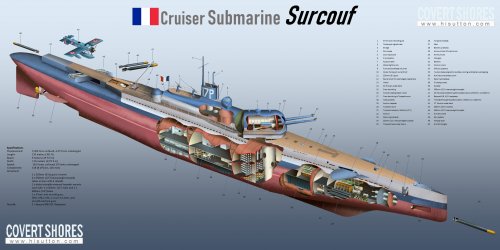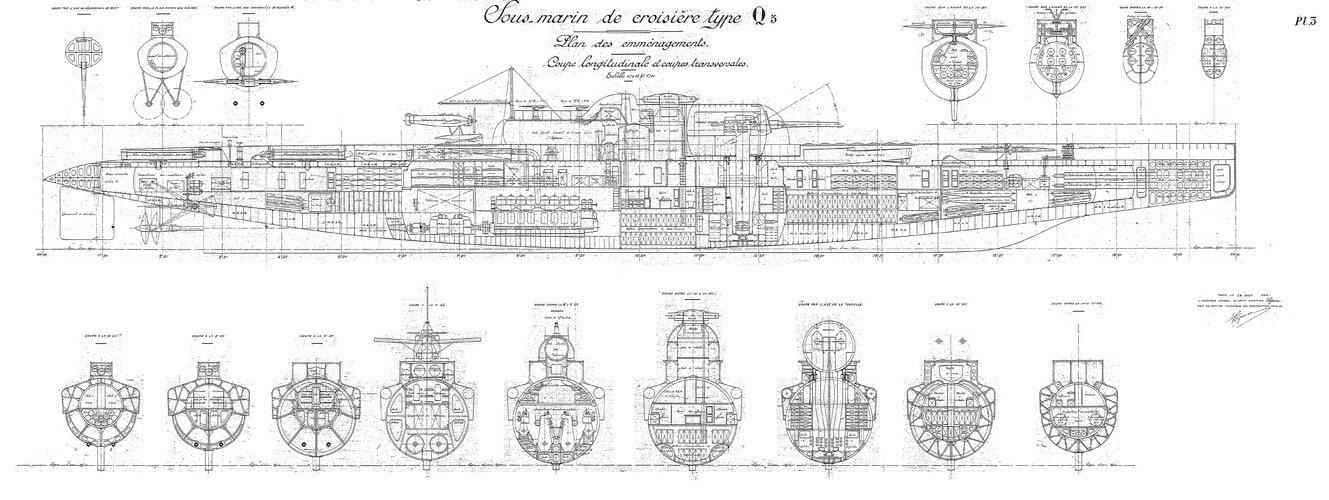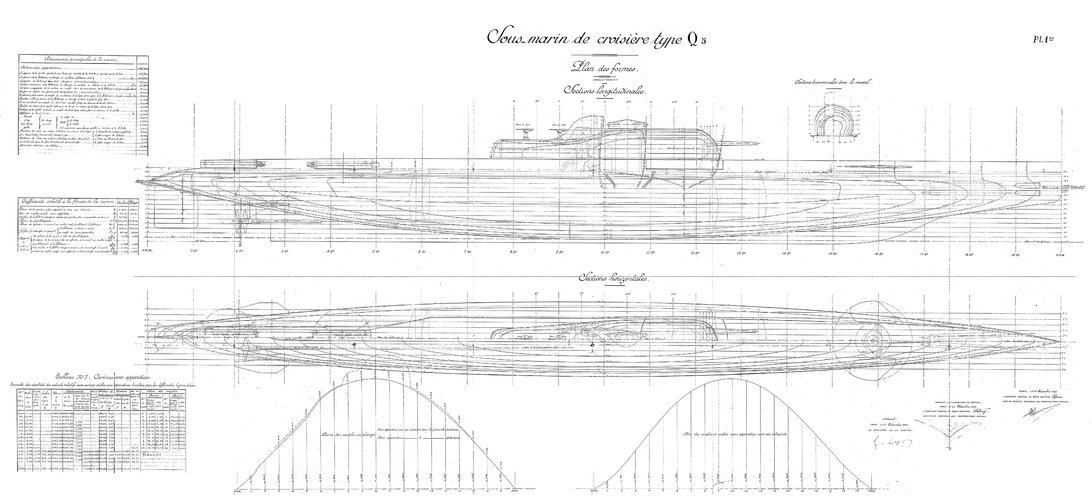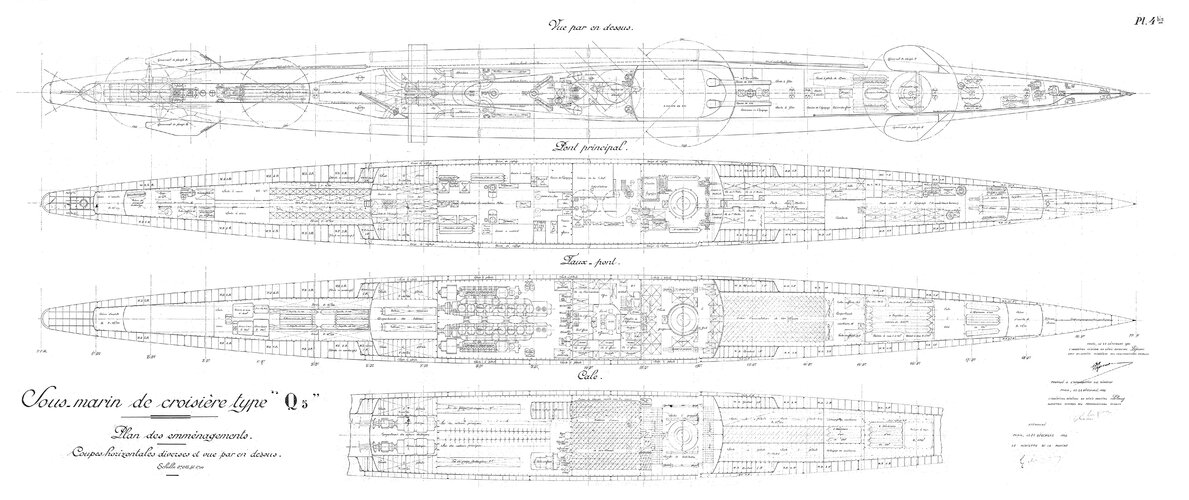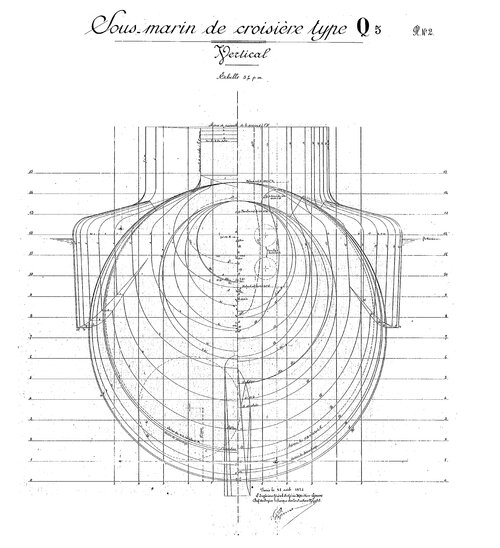Great stuff hesham! I'm guessing that this ANF 50 would have been developed to the same Hydravion triplace de surveillance côtière specification as the Sud-Est S.E.400?
A minor point ...
H.3 : Powered by a 130 hp Clerget 9B rotary. "Cleget-Bin" (sic, Clerget-Blin) is just a short-form of the manufacturer's name - Société Clerget-Blin et Cie.
And a few issues with the MB.35 to MB.411 series with a little more info ...
MB.35 : First flew in 1926. Powered by an uncowled Salmson 9Ac (not 9Ae)
MB.410: First flew in 1932 (not 1930). Not a "recce bomber" - no armament at all, AFAIK. BTW, the MB.410-01 was actually a modification of the second prototype MB.35. Change to single main pontoon (with outrigger stabilizer floats) a cowled engine, and a refined fuselage.
MB.411: As you say, a developed version of MB.410. Some differences in construction but mainly in having more power from its 175 hp Salmson 9Nd radial. Mainly the MB.411 was a productionized variant built by ANF-Les Mureaux.
All three designs were developed specifically for operations from the submarine Surcouf with its onboard cylindrical hangar. Only the MB.411s were ever operationally from the Surcouf. serving with the Aéronavale's Escadrille HS7.
_____________________________________________________________________
MB.35 – 1926 2-seat observation/spotter floatplane, x 2
- MB.35: Foldable for stowage on submarine Surcouf
- MB.35: 1 x 120 hp Salmson 9Ac 9-cyl radial, span 9.85 m*
- MB.35: Open-cockpits, low-winged monoplane, twin floats
-- * Improbably, some sources, claim a span of only 7.00 m
- MB.35-01: Crashed (w/ fatal results) while on service trials
- MB.35-02: Conv. into single-float MB.41/MB.410 prototype
-- MB.35: aka MB.35 Passe Partout ('Pass Key')
MB.410 - 1932 2-seat observation/spotter floatplane, x 1
- MB.410 : Single-float refinement of MB.35-02 airframe
- MB.410 : 1 x 130 hp Salmson 9Nc radial, span 12.00 m
- MB.410-01: 1st flew (or was ordered?)* 24 Aug 1932
-- * Depending upon source
-- Lost on acceptance trials at Saint-Raphaël in 1933.
MB.411 - 1935 1/2-seat observation/spotter floatplane, x 2
- MB.411 : Prod'n vers. of the MB.410 by ANF-Les Mureaux
- MB.411 : 1 x 175 hp Salmson 9Nd radial, span 12.00 m
- MB.411-01: 1st flew June 1935, accept. trials Aug 1935
- MB.411-01: 1936 rebuilt as 2-seater by ANF-Les Mureaux
- MB.411-01: Evacuated with Surcouf, 18 June 1940
- MB.411-01: Damaged in storage by air raid on Plymouth*
-- * Luftwaffe raid 21 April 1941, prev. in RAF colours
- MB.411-02: Requested June 1936, ordered on 10 Feb 1937
- MB.411-02: June 1940, remained in France, no details[/I]

